01732 360 095
What is ‘Type B’ Waterproofing?
The British Standard for Waterproofing, BS 8102:2022, categorises Type B waterproofing as when the concrete structure is integrally waterproof, preventing water from entering.
Most basements are built in concrete, and many waterproofing specifications are required to include at least two types of waterproofing, so it makes sense to ensure that the concrete box that forms the structure is also a Type B form of waterproofing.
However, those designing a Type B waterproof concrete structure will often focus on the concrete itself, which rarely leaks, and ignore the parts of the structure where most leaks occur.
Our technical article ‘‘Waterproofing’ of Concrete – Admixtures’, written by Bob Cather, explains that “although the concrete containing the admixture may be shown to have higher resistance to water ingress, this does not mean the structure itself will be more resistant.” The paper further explains what anyone who has ever seen a leaky concrete basement already knows, “that water leakage through a concrete structure is predominantly not through the body of well-compacted concrete, but rather where the concrete isn’t – at cracks, at joints at service penetrations, etc.”
How do you Make Concrete Waterproof?
When designed and placed correctly, concrete is waterproof and has been since the Romans reduced the water content and added pozzolanic ash to the mix to produce dense, non-porous concrete. As long as the concrete meets the requirements of BS EN 1992, Eurocode 2: Design of Concrete Structures, no additional admixtures are required by either BS 8102:2022 or building insurance companies such as the National House Building Council (NHBC). However, the NHBC does ask that the structural engineer ensures that any shrinkage cracks are controlled to no more than 0.2mm.
With the easy part done, the focus should be on where the concrete structure will leak, as Bob Cather says, “where the concrete isn’t”.
Examples of where the concrete isn’t are:
- Poor compaction of the concrete resulting in honeycombing or exclusions within the body of the concrete elements
- Construction joints
- Tie-bolt holes
- Service penetrations
If the concrete is poorly compacted and exhibits honeycombing, or has structural cracks, it will be porous and will leak when surrounded by groundwater.




Construction Joints
Joints between placements of concrete are very common, due to the limitations on the size of the bays in which that concrete can be placed. If the small gaps between the abutting placements of concrete are not correctly and fully sealed, there is a risk that water will enter the structure at these joints. It is common practice to seal joints with waterstops or waterbars. These are mostly hydrophilic, in that they expand when in contact with water, or they are products which form a continuous barrier to stop water passing through the joint.
However, there are many problems that can be associated with these types of products, such as:
- Water is stopped only at the centre of the joint and so passes the first layer of reinforcing steel
- Aggressive water chemicals are not prevented from entering the joints
- Water will pass around the water bar if any porosity exists within or surrounding the joint
The safest way to waterproof joints is to use an injection hose system such as Newton 302 Injection Hose. Once 28 days have passed since the concrete placement, the joint is permanently sealed with waterproofing resins that fully seal the whole section width of the joint, as well as any porosity within the joint.

Newton 302 Injection Hose is a core component of the Type B waterproofing system, Newton HydroTank, a ‘white-tank’ construction of reinforced concrete with class-leading sealing systems used to prevent water entering the structure “where the concrete isn’t”.
The Newton RASCOtank System is another Type B ‘white-tank’ system for larger projects where the structure includes multiple and separate bays of concrete. Instead of placing these side-by-side to produce many construction joints, the RASCOtank System employs a strategy where joint inducers are placed where the engineer has decided that construction or shrinkage joints are required. The concrete is then poured in one large placement, resulting in huge time savings to the build process.
About three days after placement, joints will form within the concrete at the exact points where the joint inducers were placed. At 28 days, the joints are sealed with injection resins, delivered via the joint inducers, to fully seal against water ingress. To guarantee a fully watertight structure that meets the requirements of a Type B structure as defined by BS 8102:2022 and the NHBC, Rascor engineers will work with the project engineers to ensure that shrinkage cracks are restricted to 0.2mm.
Tie-Bolt Holes
When building reinforced concrete structures, both sides of the formwork need to be secured to each other to prevent the formwork from bursting outwards during the concrete placement. The tie-bolts pass through a plastic sleeve that spaces the formwork to the correct wall section width. After the formwork is removed, the structure is riddled with what can be hundreds of holes that pass all the way through the waterproof concrete. These holes allow easy access for groundwater.
A common sealing method is to push a mortar mix into the hole, which is often not very effective. Also, as the plastic sleeves cannot be removed, water passes between the plastic sleeve and the concrete, as well as through the sleeve itself. This makes sealing with wet mortar a very unreliable sealing method and means that leaks through tie-bolt holes are common.
In contrast, the RiveStop tie-bolt hole sealing system is guaranteed to always reliably seal tie-bolt holes. The system utilises a patented and sustainable sleeve system that prevents millions of single-use plastic pipes from being left within concrete structures., As such, the RiveStop System is the most sustainable and cost-effective method of sealing tie-bolt holes available today.
The system works by using plastic RivePipe units to space the formwork appropriately, and then the tie bolts are passed through the RivePipe and tightened to securely fix the formwork. After the formwork is removed, the RivePipe sleeves are also removed using a special tool called a RiveOut, leaving a neat hole through the concrete. The RivePipe sleeves are then reused on further projects.
Finally, RiveStop plugs are then mechanically tightened using a ratchet tool to fully seal the tie-bolt hole. Overall, the RiveStop method is by far the quickest method of sealing tie-bolt holes, with installation up to 10 times faster than existing methods available.
The full process is shown in the video below.
Service Penetrations
Buildings need services, many of which will enter the building at basement level, puncturing the watertight structure. Leaks through service entries are very common and very difficult to seal once they are already leaking.
Hauff-Technik are a Newton specialist trade partner who manufacture service entry systems for all types of services that pass through basement walls, with systems for sealing 110mm waste pipes through to multi-entry cable entry systems and multiple-service building entry systems. Most systems are fire and gas rated and guaranteed to resist up to 100m of water pressure.
The video below shows the installation of the Hauff-Technik press seals that waterproof the space between the service itself and the service sleeve.
Overall
Both of the Newton Type B waterproof concrete systems mentioned above use a simple 4-step approach to creating a concrete basement that will not leak:
- Well-placed concrete designed to BS EN 1992
- Sealing the full section width of the construction joints with injection hoses and resins
- Sealing the tie-bolt holes with the unique RiveStop System
- Sealing services with Hauff-Technik service entry systems
For more information on our Type B waterproofing systems and support on your next project, contact our Technical team on 01732 360 095, or email tech@newtonwaterproofing.co.uk.
FAQ
How do you permanently waterproof concrete?
There are several methods to permanently waterproof concrete, including the use of concrete sealers, membranes, and coatings. Concrete sealers are liquid coatings applied to the surface of the concrete to form a water-resistant barrier. Membranes are sheets of waterproof material laid over the surface of the concrete before it is poured. Coatings are applied to the surface of the concrete after it has been formed and are thicker than sealers.
Is a concrete Waterproofer the same as a sealer?
Sealers and waterproofers have similar purposes, yet they vary in their working methods. A wood or concrete sealer safeguards the surface, while waterproofers, being more resilient, penetrate and fill in leaks or gaps on the surface.
Customer Success Stories
Our latest customer reviews from Feefo - the award winning review platform

Speak to our friendly, expert team
Our staff are able to provide guidance for projects of all sizes, whether you require some general advice about damp or waterproofing, or support with technical drawings and specifications.

















